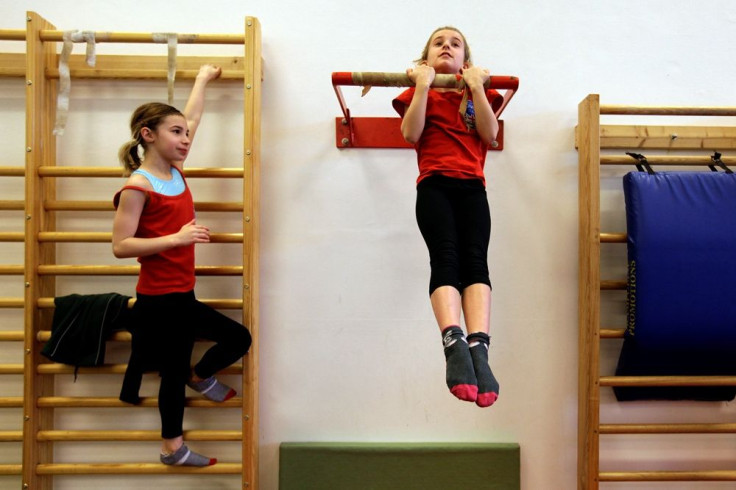Aussie study that discovers 1,000 molecular changes in body during physical activity could lead to exercise pill

If people on diet have their cheat days, people who miss their exercise could also have their version of cheat day by popping an exercise pill. While such a pill is non-existent for now, a new Australian research could possibly provide a roadmap to that pill in the future.
UPI reports that University of Sydney researchers found there are more than 1,000 molecular changes in the body when a person exercises. The scientists got four untrained men and asked them to do high-intensity exercises for 10 minutes. Then they took biopsies from the skeletal muscles of the four and analysed it using mass spectrometry which allowed them to study the protein phosphorylation process.
Dr David James, University of Sydney professor, explains that exercise is the most powerful therapy for many human ailments such as neurological disorders, type 2 diabetes and cardiovascular diseases. “However, for many people, exercise isn’t a viable treatment option. This means it is essential we find ways of developing drugs that mimic the benefits of exercise,” James says.
The scientists found about the over 1,000 molecular changes when they used mathematical- and engineering-based analysis of the biopsy results. Dr Nolan Hoffman, a researcher at the university, adds that this is the first time that they were able to map what was happening exactly to the human muscle during exercise even if scientists have long believed that it causes a complicated series of changes.
Physiciannews points out that while the exercise pills may be a convenient excuse for people too lazy to exercise, the more practical and impactful use of the pill would be for people with physical impairments and could not exercise.
Dr Ismael Laher, from the University of British Columbia’s Department of Pharmacology and Therapeutics, cited as example patients with spinal cord injury. For such people “a large number of detrimental changes occur in cardiovascular and skeletal muscle function,” explains Laher who was part of a similar study that was published in Trends in Pharmacological Sciences. The first study was published in Cell Metabolism journal.
Contact the writer at feedback@ibtimes.com.au or tell us what you think below






